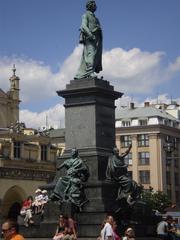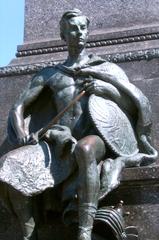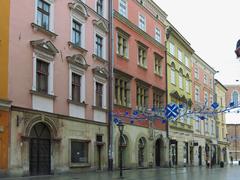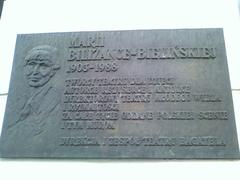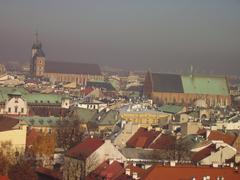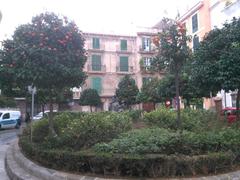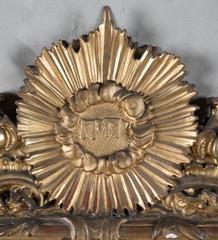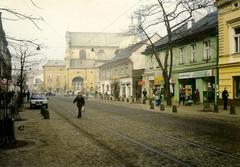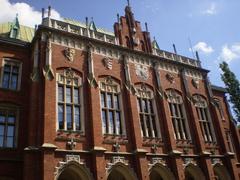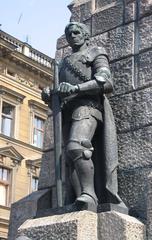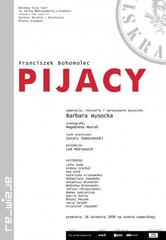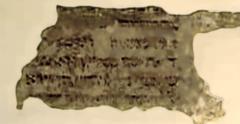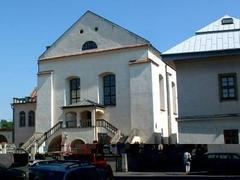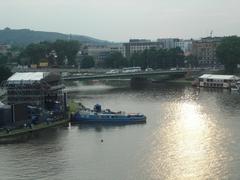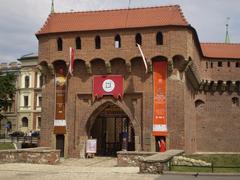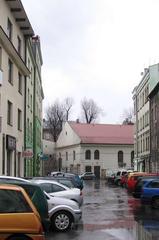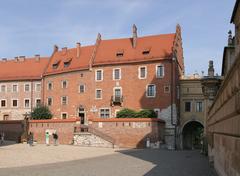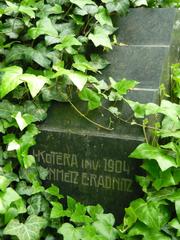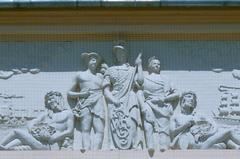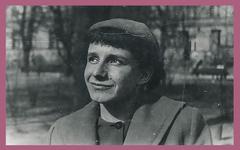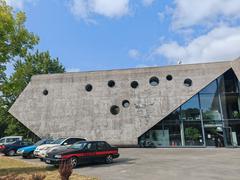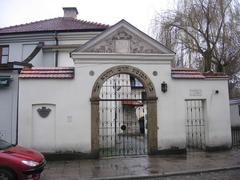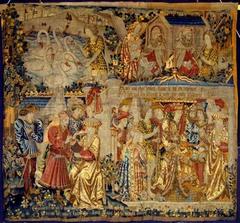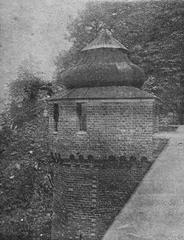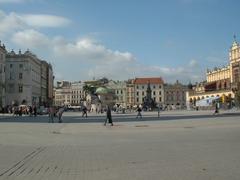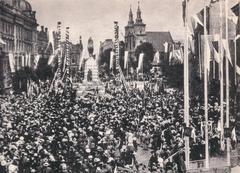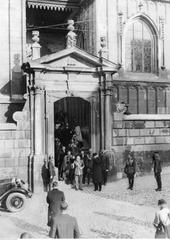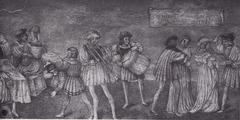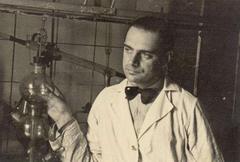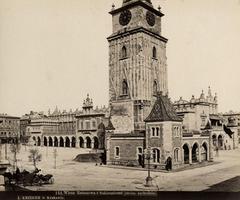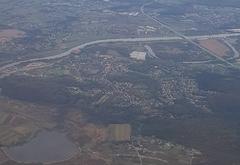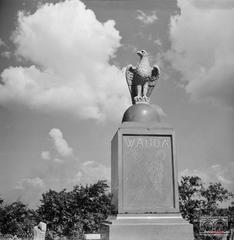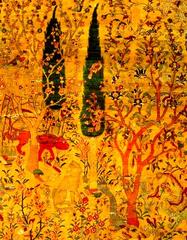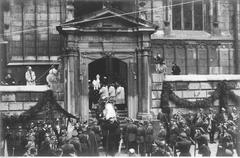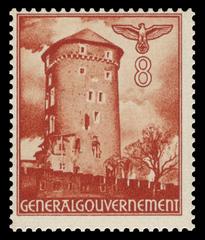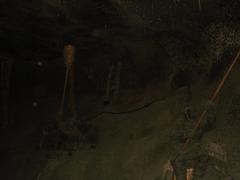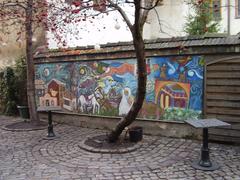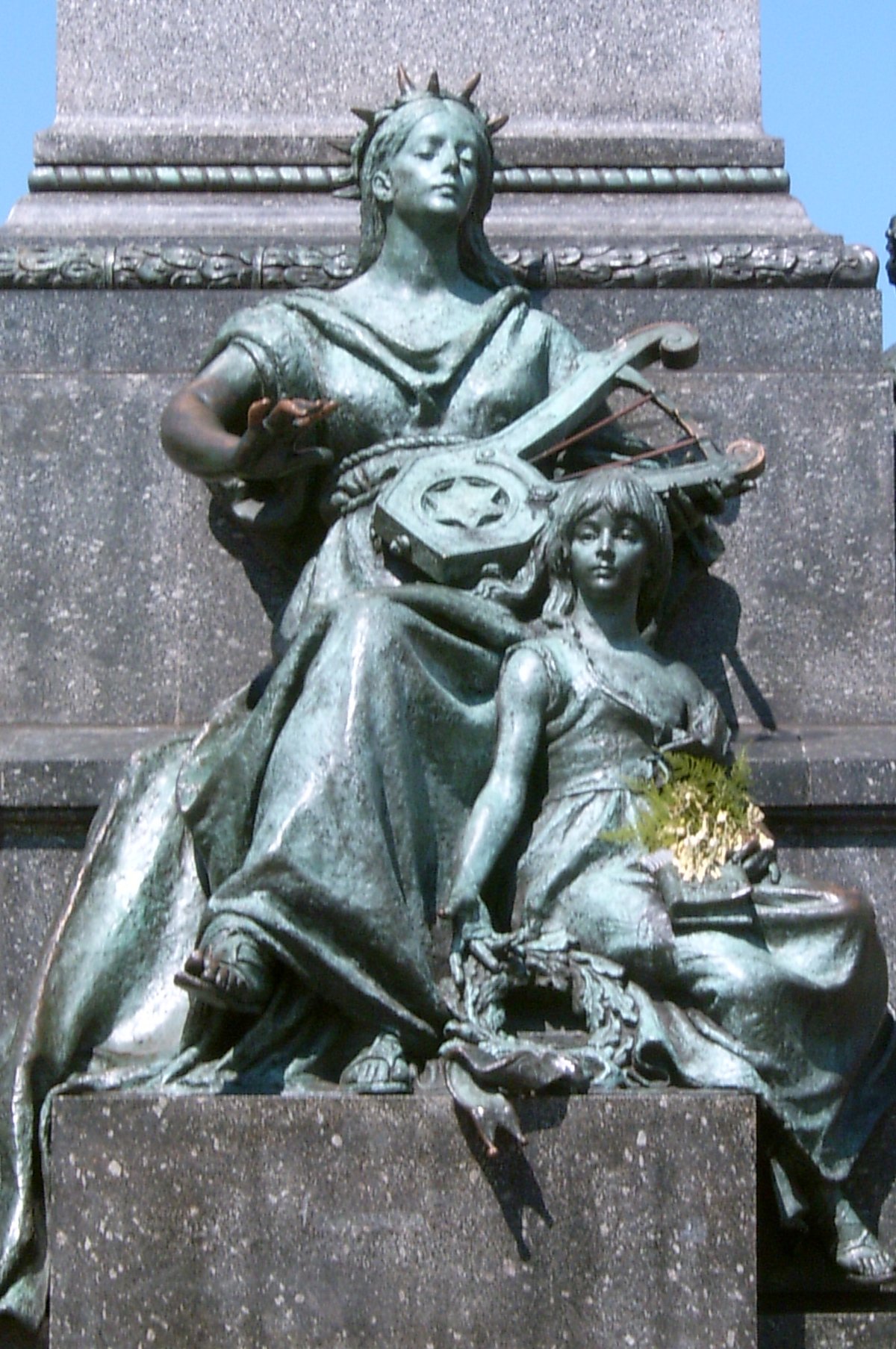
Adam Mickiewicz Monument: Visiting Hours, Tickets, and Historical Sites in Kraków
Introduction
Located in the heart of Kraków’s Main Market Square, the monument has witnessed significant historical events and has been a focal point for patriotic gatherings, especially during Poland’s tumultuous periods. Designed by Teodor Rygier, the monument features a bronze statue of Mickiewicz, embodying his literary and patriotic spirit, surrounded by allegorical figures representing various facets of his legacy.
Table of Contents
- Introduction
- Origins and Initial Proposals
- Design Competition and Selection
- Construction and Unveiling
- Architectural and Artistic Features
- Historical Significance
- World War II and Post-War Restoration
- Modern-Day Relevance
- Practical Visitor Information
- Commemorative Events and Activities
- Preservation and Maintenance
- Educational and Cultural Impact
- FAQ
- Conclusion
- Sources
Origins and Initial Proposals
The Adam Mickiewicz Monument in Kraków stands as a tribute to one of Poland’s most revered poets, Adam Mickiewicz. The idea for the monument was first proposed in the mid-19th century, shortly after Mickiewicz’s death in 1855. The initial proposals were driven by a surge of nationalistic fervor and a desire to honor Mickiewicz’s contributions to Polish literature and national identity. However, political circumstances, including the partitions of Poland, delayed the realization of this project.
Design Competition and Selection
In 1882, a formal competition was announced to design the monument. The competition attracted numerous entries from prominent artists and sculptors. The winning design was submitted by Teodor Rygier, a Polish sculptor known for his neoclassical style. Rygier’s design was selected for its grandeur and its ability to capture the essence of Mickiewicz’s literary and patriotic spirit.
Construction and Unveiling
The construction of the monument began in 1889 and was completed in 1898. The monument was unveiled on June 16, 1898, in a grand ceremony attended by thousands of people, including notable figures from the world of politics, literature, and the arts. The unveiling coincided with the 100th anniversary of Mickiewicz’s birth, adding to the significance of the event.
Architectural and Artistic Features
The Adam Mickiewicz Monument is a towering structure, standing at approximately 10 meters (33 feet) in height. The monument features a bronze statue of Mickiewicz, depicted in a contemplative pose, holding a book in his left hand. The statue is mounted on a granite pedestal adorned with allegorical figures representing Poetry, Homeland, Science, and Valor. These figures symbolize the various facets of Mickiewicz’s legacy and his contributions to Polish culture and national identity.
Historical Significance
The monument holds immense historical significance as a symbol of Polish resilience and national pride. During the partitions of Poland, when the country was divided among Russia, Prussia, and Austria, the monument served as a beacon of hope and a reminder of Poland’s rich cultural heritage. It became a site for patriotic gatherings and demonstrations, particularly during times of political unrest.
World War II and Post-War Restoration
The Adam Mickiewicz Monument faced significant challenges during World War II. In 1940, the occupying Nazi forces dismantled the monument and transported the bronze statue to Germany, where it was melted down for scrap metal. The destruction of the monument was a devastating blow to the Polish people, symbolizing the broader cultural and historical losses suffered during the war.
After the war, efforts to restore the monument began almost immediately. In 1946, a new bronze statue of Mickiewicz was cast using the original molds, which had been preserved. The restored monument was unveiled on November 26, 1955, marking the 100th anniversary of Mickiewicz’s death. The restoration of the monument was a significant achievement, symbolizing Poland’s resilience and determination to preserve its cultural heritage.
Modern-Day Relevance
Today, the Adam Mickiewicz Monument remains a central landmark in Kraków’s Main Market Square. It continues to be a site of cultural and historical significance, attracting tourists and locals alike. The monument serves as a focal point for various cultural events, including poetry readings, concerts, and national celebrations.
Practical Visitor Information
Visiting Hours
The Adam Mickiewicz Monument is accessible to the public 24/7, as it is located in an open square. There are no specific visiting hours, but it is recommended to visit during daylight for the best experience.
Tickets
There are no tickets required to visit the Adam Mickiewicz Monument as it is a public monument. However, guided tours that include the monument as part of a broader tour of Kraków’s historical sites may have associated costs.
Guided Tours
Several tour companies offer guided tours that include the Adam Mickiewicz Monument. These tours often provide in-depth historical context and are available in multiple languages.
Nearby Attractions
The monument is situated in Kraków’s Main Market Square, which is home to other historical sites such as St. Mary’s Basilica, the Cloth Hall, and the Town Hall Tower. Visitors can easily explore these attractions on foot.
Accessibility
The monument and the surrounding square are wheelchair accessible, making it convenient for all visitors.
Commemorative Events and Activities
The monument is often the site of commemorative events, particularly on significant anniversaries related to Mickiewicz’s life and works. For example, on the 200th anniversary of Mickiewicz’s birth in 1998, a series of cultural events and exhibitions were held in Kraków, culminating in a grand celebration at the monument. These events highlight the enduring legacy of Mickiewicz and his continued relevance in Polish culture.
Preservation and Maintenance
The preservation and maintenance of the Adam Mickiewicz Monument are overseen by the city of Kraków. Regular maintenance work is carried out to ensure the monument remains in good condition. This includes cleaning, restoration of the bronze statue, and repairs to the granite pedestal. The monument is also protected by law as a cultural heritage site, ensuring its preservation for future generations.
Educational and Cultural Impact
The Adam Mickiewicz Monument serves as an educational tool, providing visitors with insights into Poland’s literary and cultural history. Information plaques and guided tours offer detailed explanations of Mickiewicz’s life and works, as well as the historical context of the monument. Schools and universities often organize field trips to the monument, incorporating it into their curriculum on Polish literature and history.
FAQ
What are the visiting hours for the Adam Mickiewicz Monument?
The monument is accessible 24/7 as it is located in an open square.
How much do tickets cost for the Adam Mickiewicz Monument?
There are no tickets required to visit the monument.
Are there guided tours available?
Yes, several tour companies offer guided tours that include the monument.
Is the monument wheelchair accessible?
Yes, the monument and surrounding square are wheelchair accessible.
Conclusion
The Adam Mickiewicz Monument in Kraków stands as a testament to the enduring legacy of one of Poland’s greatest poets. Its history, from the initial proposals and design competition to its construction, destruction, and eventual restoration, reflects the broader narrative of Poland’s cultural and national identity. Today, the monument continues to inspire and educate, serving as a symbol of Polish resilience and pride. If you’re visiting Kraków, be sure to include this iconic monument in your itinerary for a deeper understanding of Poland’s rich cultural heritage.
Stay updated on the latest events and activities at the Adam Mickiewicz Monument by following us on social media. Download our mobile app Audiala for more information on Kraków’s historical sites and to explore guided tours and other attractions.


